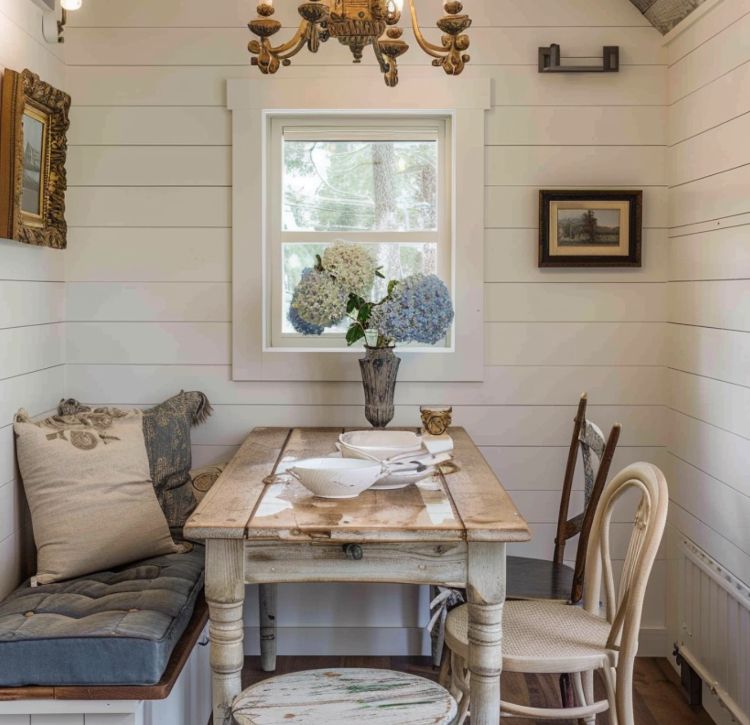When the Langford family bought the charming French-style home on the edge of town, they saw it as the perfect fixer-upper. The wooden shutters, wrought-iron balcony, and arched doorway all whispered of old-world elegance — but years of neglect had left the interior in desperate need of attention.
Their plan was simple: restore the home to its former beauty while keeping as much of the original character as possible. But during the renovation, an unexpected discovery turned their project into something much more mysterious.

It happened on the third week of work. While replacing old floorboards in the upstairs hallway, the contractor’s crowbar hit something solid — not the joists, not the subfloor, but a hollow, metallic thud that didn’t belong. Curious, they pried away the boards to reveal a small, dust-covered metal box wedged tightly between two beams.
The box was locked, its brass clasp tarnished and fragile with age. There was no key in sight, and the family debated whether to force it open or wait. In the end, curiosity won. Using a thin screwdriver, Tom Langford gently worked the clasp until it gave way with a sharp click.
Inside, wrapped in yellowed newspaper from 1973, was a collection of objects that seemed ordinary at first — an old silver pocket watch, a stack of black-and-white photographs, and a leather-bound journal. But as they sifted through the items, a story began to emerge.

The photographs showed the house in its early years, but the faces were strangers — a young couple on the front steps, children playing in the garden, a man on the balcony waving at the camera. The pocket watch had an inscription on the back: To Henry, for our forever time — E.
The journal, however, held the real intrigue. Its pages were filled with careful handwriting, chronicling the life of a woman named Eleanor who had lived in the house in the 1970s. At first, her entries were about everyday life — recipes, garden notes, musings about the changing seasons. But soon, the tone shifted.

Eleanor wrote of someone watching the house from across the street, of letters left in her mailbox with no return address, of a “promise” she couldn’t break. Her final entry, dated October 14, 1974, was only one sentence:
“If you find this, it means the house has chosen you.”

After that, the journal ended abruptly. There was no explanation, no clue about what had happened to her or why the box had been hidden.
The Langfords asked around the neighborhood, but no one seemed to know much about the house’s history. A few older residents remembered Eleanor vaguely, but said she had moved away suddenly, leaving the house vacant for years before the next owners arrived.
The box now sits in a glass case in the Langford living room, a constant reminder that their home holds stories older and deeper than they ever imagined. And while they’ve embraced the house’s warmth and charm, they can’t help but wonder — if the house did choose them, what exactly did it choose them for?
Leave a Reply